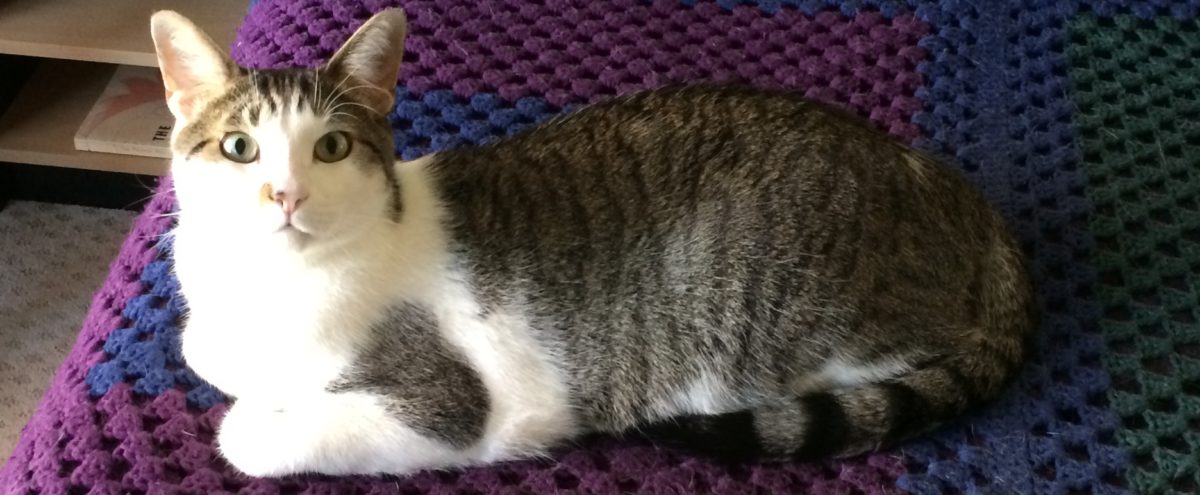- Booster Gold #9, by Geoff Johns, Jeff Katz, Dan Jurgens & Norm Rapmund (DC)
- Clandestine #4 of 5, by Alan Davis & Mark Farmer (Marvel)
- Guardians of the Galaxy #1, by Dan Abnett, Andy Lanning, Paul Pelletier & Rick Magyar (Marvel)
- newuniversal: shockfront #1, by Warren Ellis, Steve Kurth & Andrew Hennessy (Marvel)
- The Twelve #5 of 12, by J. Michael Straczynski, Chris Weston & Garry Leach (Marvel)
- B.P.R.D.: 1946 #5 of 5, by Mike Mignola, Joshua Dysart & Paul Azaceta (Dark Horse)
- Project Superpowers #3 of 6, by Alex Ross, Jim Krueger & Carlos Paul (Dynamite)
- Locke & Key #4 of 6, by Joe Hill & Gabriel Rodriguez (IDW)

|
As much as I’ve enjoyed Abnett & Lanning’s work on the Annihilation and Nova books, I’m a little skeptical of Guardians of the Galaxy. Why? Well, the premise consists of throwing together a bunch of space-based heroes – who have almost nothing in common except that they’re space-based and came together during the recent crises – under a title which used to belong to a completely unrelated team. This screams “trademark protection” to me, and while I’m sure DnA are going to give it their best shot, I have a nagging cynicism that they were basically asked by Marvel to come up with a title which fit the bill.
With that bit of negativity out of the way, the first issue is pretty good. It features the usual trial-by-fire, also setting up what I presume will be a long-term foe for the group. There are some strong and volatile personalities in the group, which could be the fulcrum for making the book work: Peter Quill (Star Lord) is probably the most qualified to lead the team in a strategic sense, but his self-doubt and lack of powers might not make him the best candidate for keeping the people in line. Especially with members like Mantis who tend to quietly pursue their own agendas. The book’s best hope, I think, is to either have a strong underlying plot, or to juggle the relationships among its characters in a delicate manner, the latter being the key to the success of Wolfman & Pérez’ New Teen Titans of years past. I think DnA could pull off either approach, but the book’s set-up will make it more of a challenge for them. Fresh from his trial run on Nova, Paul Pelletier’s artwork is fine. Much better than the 3 issues from his brief run on Fantastic Four that I read, which looked like he was mailing it in (figuratively speaking). I’d appreciate a little more detail, but he’s certainly got the dynamic look down. All-in-all, the first issue of Guardians is a little above average, but it will be the next 11 issues which really indicate whether it’s going to be a good one or not. |

|
I was surprised when newuniversal abruptly halted after 6 issues. Was it a mini-series, though it wasn’t marked as such? Did it not do well and was cancelled? Did Ellis just up and leave, since he recently said of work-for-hire projects, “It’s as simple as this — if I don’t own it, I’m not going to spend my life on it”?
Apparently none of the above, since Ellis is back with a new artist on a second series, which picks up only a little while after the first one left off. It continues his edgier riff on Marvel’s old New Universe characters, and this time he’s filling in some more of the backstory and adding some more structure to what the “white event” means, which I appreciate (I always appreciate structure). Steve Kurth has a somewhat more traditional art style than did Salvador Larroca (the first series’ artist), but he’s still got the detail and semi-photorealistic layouts, so all in all I think he’s just as good as Larroca was. Of more interest will be to see where Ellis is going with this series. I’m still a little frustrated that the final issue of Planetary hasn’t come out, even though I know he can finish lengthy projects, as he did with Transmetropolitan. So I hope newuniversal doesn’t end prematurely in the middle of the story. |





















